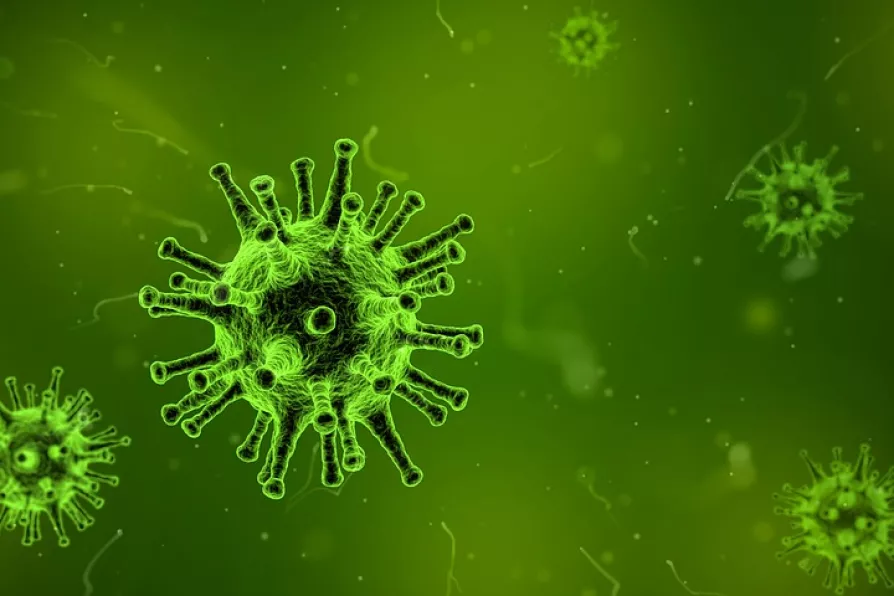Rather than hoping for the emergence of some new ‘party of the left,’ EMMA DENT COAD sees a broad alliance of local parties and community groups as a way of reviving democratic progressive politics


VIRUSES get a bad rap. Most of us only really think about them when they cause diseases, such as Ebola. They’re viewed as the quintessential hangers-on: bits of genetic material floating around that must leech off living cells to multiply and reproduce. As such, they’re often thought of as not “really” alive.
Indeed, the three of us can dimly remember from school a ridiculous mnemonic for the seven signs that supposedly distinguish life from non-life: “MRS NERG” (or “MRS GREN,” depending on your teacher).
Knowing that viruses fail on a number of those arbitrary metrics — eg R for respiration — would help you pass your biology GCSE.

A maverick’s self-inflicted snake bites could unlock breakthrough treatments – but they also reveal deeper tensions between noble scientific curiosity and cold corporate callousness, write ROX MIDDLETON, LIAM SHAW and MIRIAM GAUNTLETT
Science has always been mixed up with money and power, but as a decorative facade for megayachts, it risks leaving reality behind altogether, write ROX MIDDLETON, LIAM SHAW and MIRIAM GAUNTLETT














